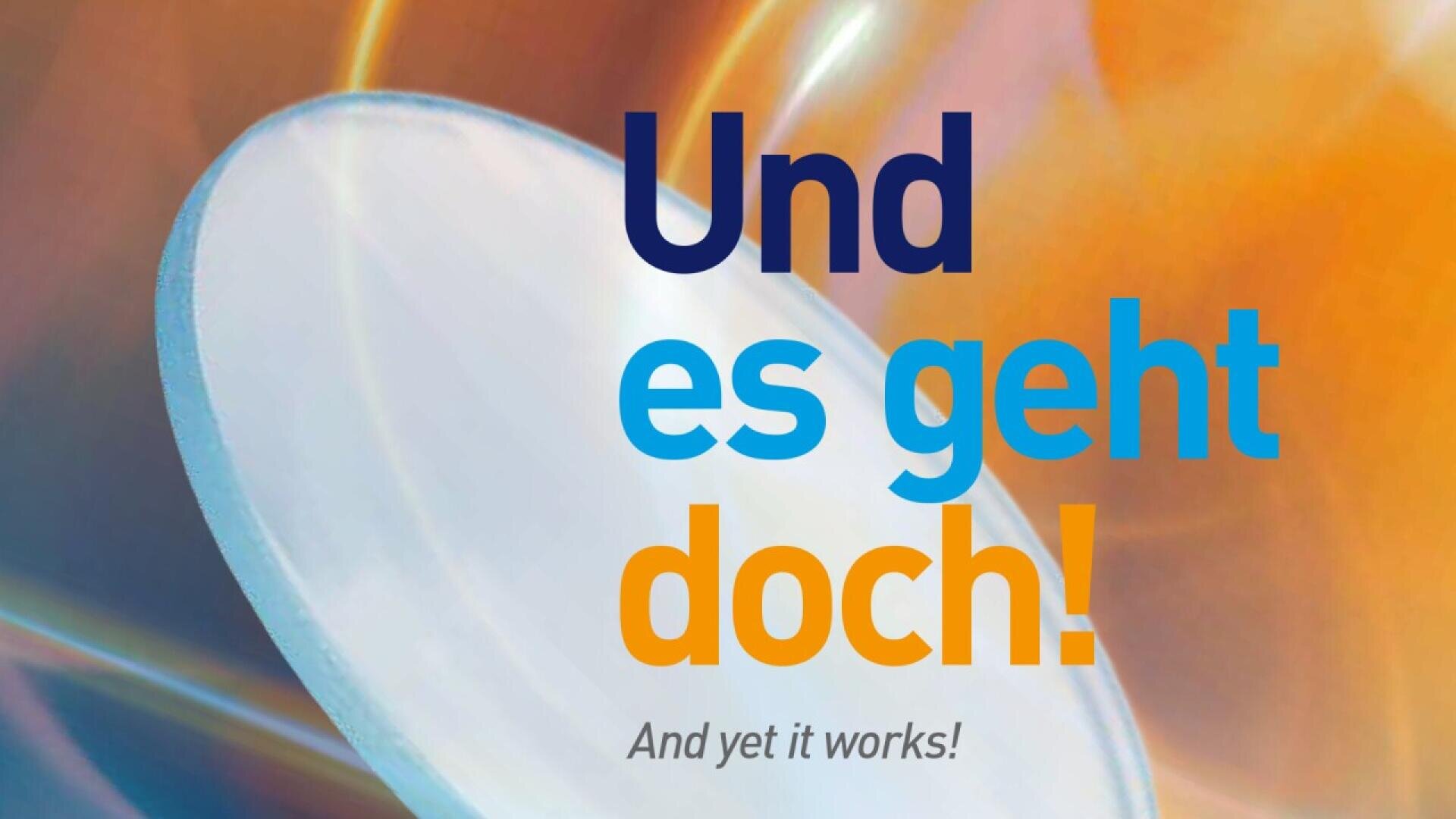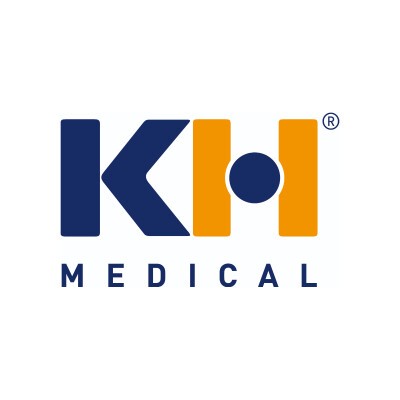Lens in a window frame
A team of specialists: highly transparent glass and the geometric flexible plastic. KH produces serial parts from both materials – and overcomes numerous technical challenges as a result.
There are times it simply has to be glass: perhaps when medical optical components require suitability for sterilization in the autoclave. Here the transparency of glass and the flexibility of plastic create an unbeatable duo - nevertheless, not an easy one. Glass and plastic do not bond and have different thermal behaviors.
Kunststoff Helmbrechts AG (KH), has nonetheless succeeded to overmold various shaped glass plates in such a way that the plastic creates a type of window frame, and, in doing so, they can be integrated into the surrounding component geometry. The development process required for this took five years. The challenge arose with positioning the freely floating lenses into the tool in such a way that the complete overmolding of the edges would be possible in a single process step. Furthermore, production tolerances of the just few-millimeter-sized glass plates had to be taken into consideration as well as the fact that it is not possible to apply a preload to the brittle glass in order to compensate for the injection pressure.
A key point of the project concerned the tightness of the assemblies. Since there is no firm bonding between the materials, it is essential that, through its shrinkage, and without causing any damage, the plastic firmly surrounds the glass in such a way that no air leakage is possible. As opposed to earlier attempts elsewhere, the technology from KH does not require an interlayer in the form of a soft component. The glass is completely surrounded by various plastics with and without reinforcement and filler materials. Inline camera and leakage inspections follow the injection molding.
In the current medical sector series application, a robot positions several different glass windows into the tool, where they are then over molded with a window frame. The resulting component receives its final shape in a follow-up process.


